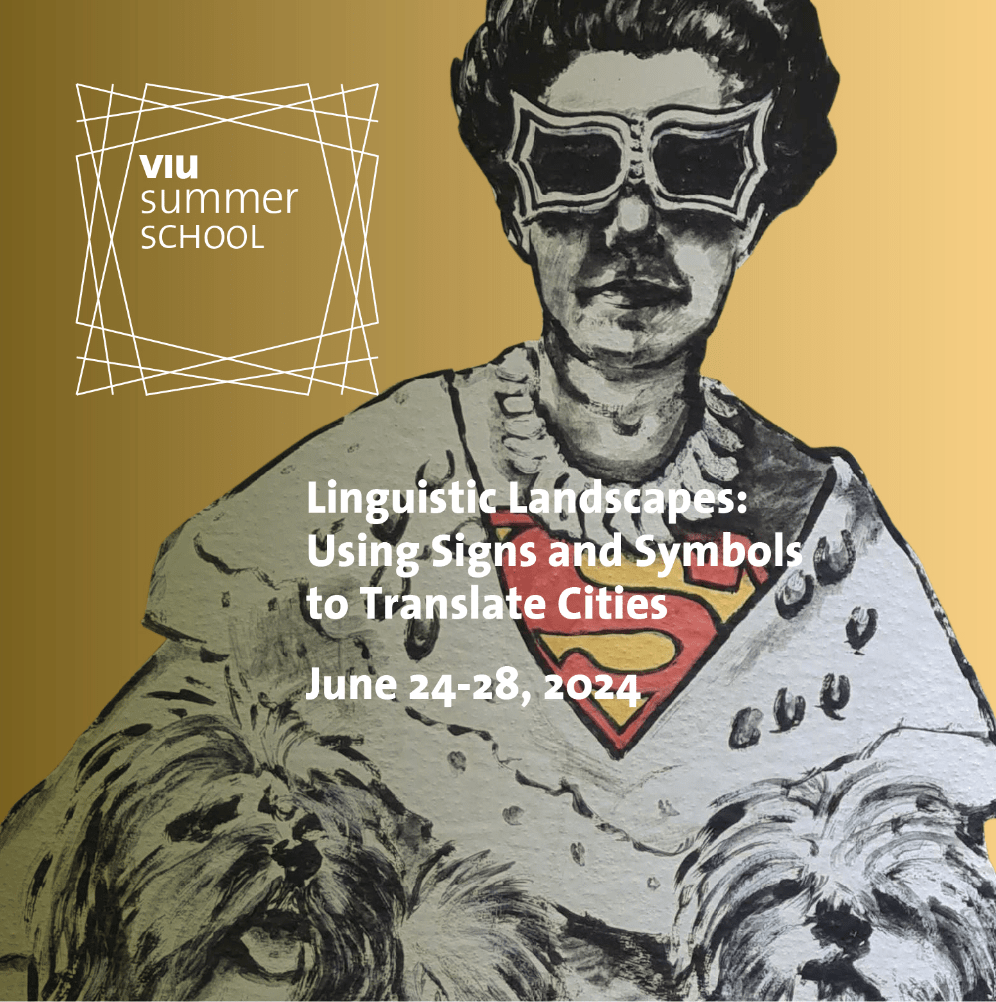Deadline: March 5
The Summer School Linguistic Landscapes: Using Signs and Symbols to Translate Cities aims at equipping participants with a comprehensive understanding of modern Linguistic Landscapes (LL) research. This course focuses on the growing interdisciplinary field of LL, which traditionally analyses “language of public road signs, advertising billboards, street names, place names, commercial shop signs, and public signs on government buildings”, as they usually occur in urban spaces. More recently, LL research has evolved beyond studying only verbal signs into the realm of semiotics, thus extending the analytical scope into the multimodal domain of images, sounds, drawings, movements, visuals, graffiti, tattoos, colours, smells as well as people. Students will be informed about multiple aspects of modern LL research including an overview of different types of signs, their formal features as well as their functions.
Suitable for: current final year Undergraduates (finalists, BA3), MA and MPhil/PhD Students in Linguistics, Sociology, Classical Studies, (Business) Communication Studies, History, Cultural Studies, Political Studies, Translation Studies or any other related discipline.





You must be logged in to post a comment.